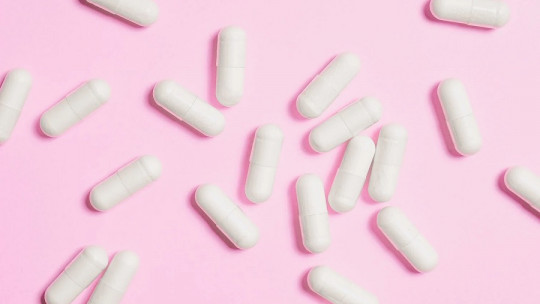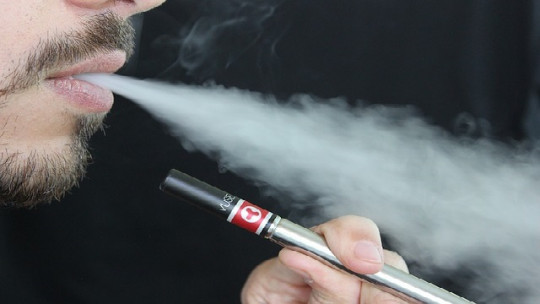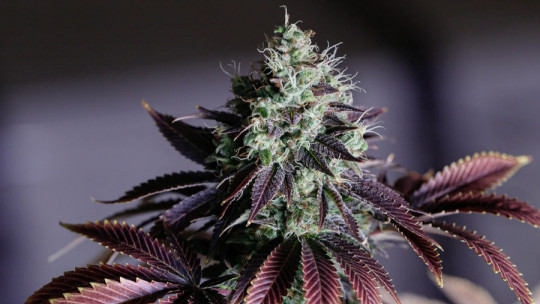The presentation, aesthetics or appearance of a product, a person, an object (among others), obviously causes an impression and effect on the perception of each individual. Those dedicated to marketing know this very well, which is not outside the drug market.
In particular, brolamfetamine It is a substance manufactured to be consumed orally in different formats: capsules, pills and “sugar gummies” mainly. This way of incorporating the substance into the body is one of the most familiar to anyone because, throughout our lives, we have all eaten a candy, taken a medication for therapeutic purposes, or simply fed ourselves, so the presentation does. It is influential in a greater probability that the substance will be experienced on the first opportunity; however, not in the persistence of consumption and possible addiction.
There are more and diverse factors that must be combined to constitute problematic consumption of psychoactive substances and/or addiction, which we will be able to review in a future article, distinguishing related elements and concepts.
What is brolamfetamine and what effects does it generate?
Amphetamines, psychoactive substances used in both medical and recreational contexts and that are characterized by acting as adrenergic agonists, producing a neuronal effect similar to that of adrenaline a neurotransmitter produced naturally by the body, produce a state of brain activation.
The misuse of this type of substances can cause psychotic breaks, hallucinations, heart rate disorders, increased blood pressure increased ability to concentrate during its effect, insomnia, increased mood, greater ease in socializing, even anorexic effects and with frequent use it can produce the perception of being “with less energy” during daily life, needing to incorporate the substance to provide the feeling of “energy” (one of the factors that contributes to addiction).
Regarding the psychological effects, the following stand out: dependence, problematic consumption, irritability, perception of discomfort with self-care, lack of concentration, among others, they usually occur in the medium and long term, when habitual ingestion of the substance has probably occurred.
However, it should be noted that The recently described psychological effects are not the only ones that occur If all the biological and psychological effects of drug use were “negative,” then they would not be a constant at a social level and throughout the history of humanity.
It is not common to raise the fact that consuming drugs, amphetamines in this case, does not only bring negative consequences. What do I mean by this: that for many people, feeling energized, euphoric, uninhibited, self-confident… of course it can be “positive” at the level of self-perception.
However, it must be considered that the risks fall on consequences such as: ceasing to feel pleasure if not through the use of the substance, withdrawal syndrome when suspending its incorporation into the body in chronic users, violent behavior, hallucinations, paranoia, impaired verbal learning, decreased motor speed structural and functional changes in areas of the brain, alteration in brain structures linked to decision making, reducing mental flexibility, body weight loss and skin wounds, among others.
It is worth mentioning that brolamfetamine, a synthetic and psychotropic substance, has no known therapeutic use and its chemical alteration makes it highly toxic and addictive, and can cause death.
Does it cause permanent problems?
The effect of panic attacks or paranoia, which is why it is called “the drug of fear”… Could they be a permanent consequence after the drug wears off?
The panic attack as a result of poisoning from the use of brolamfetamine should disappear with the suspension of the incorporation of the substance into the body. However, there are effects produced by the use of synthetic drugs, which can become chronic with their habitual use. In the case of a panic attack, it may eventually appear as a new form of response to certain experiences, that is, our body incorporates a new way of manifesting itself, which can apply in certain contexts.
How does it affect the brain?
Neuroimaging studies have resulted in an improvement in neuronal functioning in certain brain regions associated with motor skills, memory and verbal language, after stopping the consumption of the substance for 14 months or more period in which neuronal damage persists and in which there are brain functions that show that they have not recovered.
In relation to this, the consumption of brolamfetamine increases the chance of having a stroke which can cause irreversible damage.
Finally, the psychotic symptoms produced by the chronic use and abuse of the substance can remain for months and even years after stopping the use of methamphetamine, and there are currently studies that reveal that under stress conditions the reappearance of said symptoms is possible.
Is there a general profile related to a greater propensity for amphetamine addiction?
There are no people with “profiles” of addiction, dependence or problematic consumption. But nowadays the consumption of stimulant and/or hallucinogenic substances is generally associated with a mostly young age range due to the context of consumption and with a medium to high purchasing power due to the cost of the substance.
Now… At what stage of the human being is it most feasible to eliminate the presence of the drug in the nervous system?
In general terms, if I had to give a single answer to this question, it would be: “The sooner or younger you stop using, the better ”. The above is because the metabolism in a young person works more efficiently, understanding that, with the passage of time, an “older” person, who could have a prolonged period of time incorporating a substance into their body, will have greater difficulty to abstain from consumption and redeem its biological and psychological effects.









